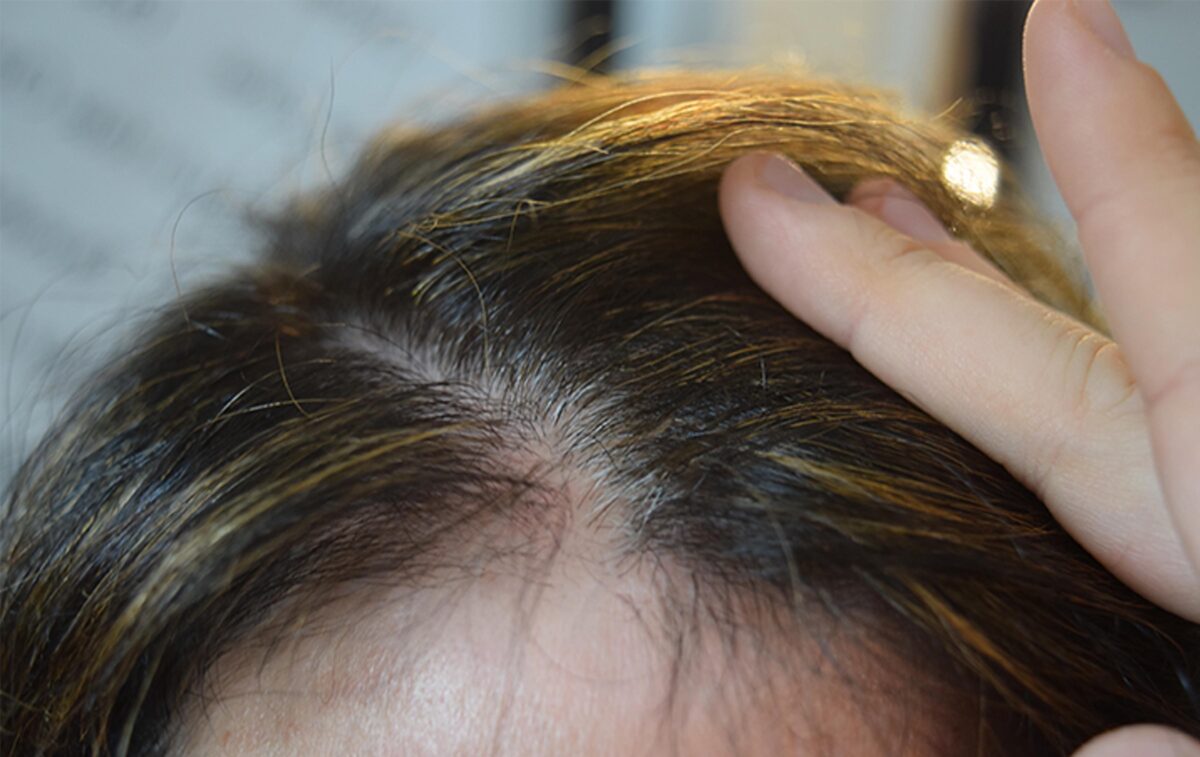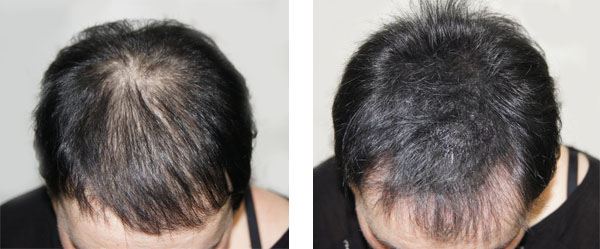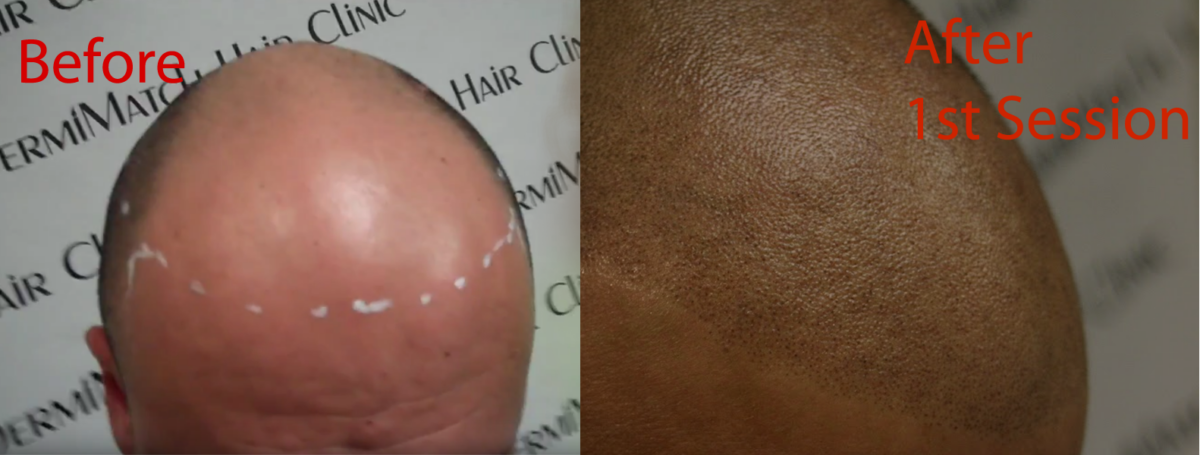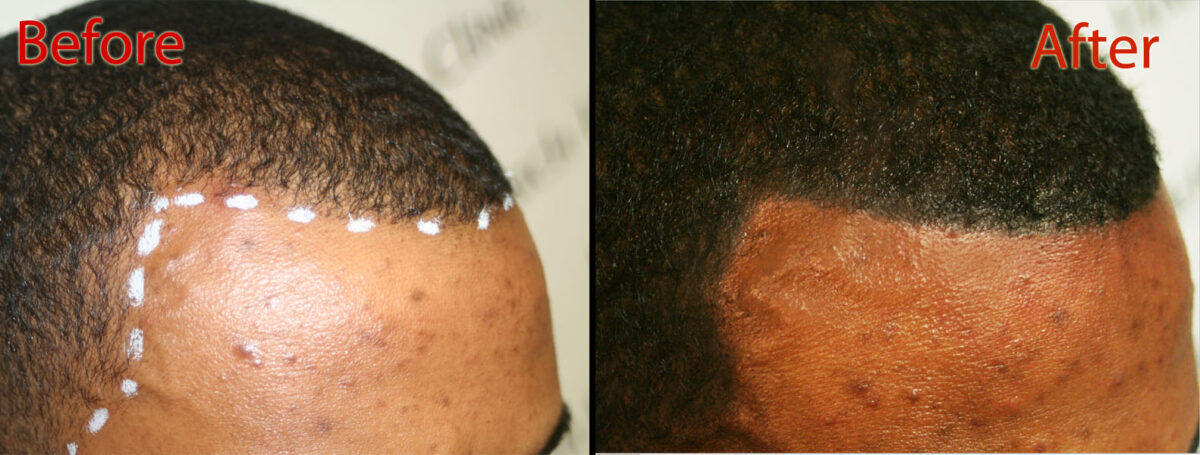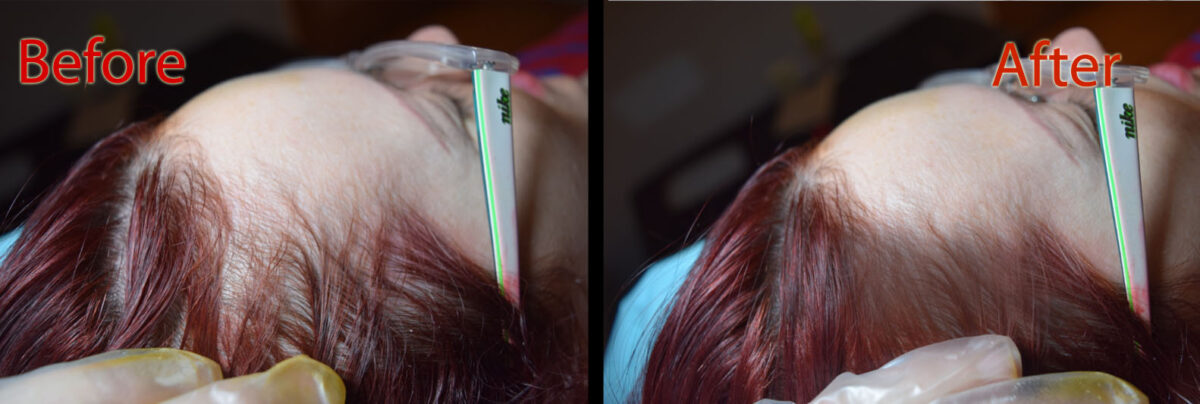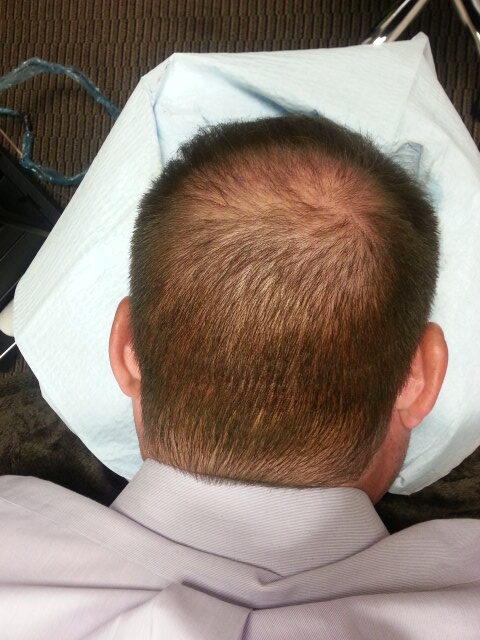A majority of women love their hair. After all, hair add to your personality, and you can style them in different ways to set a style statement. Unfortunately, thinning hair in women is a big problem. true, when a woman has to deal with thinning locks, it can be distressing. With age, the problem only aggravates, resulting in more shedding, widening bald patches, and decreased volume. No doubt, excessive hair loss can adversely affect your self-confidence.
Wondering what’s causing your hair to thin out? Do your genes have some role in this? What can you do to address this problem? Can a dermatologist help? Or should you see a beautician? Do you need to make any lifestyle changes to improve the thickness of your hair?
Perhaps you are looking for solutions to thinning hair as you want your locks to look fuller.
The good news is you will find numerous solutions to the problem. But on a side note, not all solutions are effective in addressing the real problem.
Use Volumizing Shampoos
There are hair shampoos and conditioners meant for fine or thinning hair. Such hair care products are formulated with specific ingredients to help add volume and make the hair appear thicker. You may want to look for shampoos containing such ingredients as collagen, biotin, protein, and other hair thickeners. But avoid anything with paraben.
Try Thickening Serums
When it comes to hair thinning in women, you want to try everything that can stimulate hair growth. That’s where some women end up trying products like Rogaine, which are formulated with minoxidil and are known to stimulate hair growth. Use carefully over thinning areas. In most cases, results are quick but stop when the treatment is discontinued. It is ideal for those with hereditary hair loss.
Use Styling Products to add Volume
There are temporary solutions to add volume. You may try to disguise thin spots by volumizing hair sprays, texturizing powders, and mousses. But these are only temporary solutions and will lose effectiveness quickly. That means you may need to keep applying these styling products occasionally.
Consider Hair Thickening Fibers
What about products like Toppik? Well, such hair-thickening keratin fibers help create the look of fuller hair. Again, these are temporary and stay only until shampooed.
Reduce Stress
If you suffer from chronic stress, you are more likely to experience elevated cortisol levels that can worsen hair loss and thinning. Practice stress management to lower stress and its impact on hair.
Eat a Hair Healthy Diet
Your diet plays a crucial role in determining your overall health and well-being. So make sure you get enough iron, protein, zinc, folate, and vitamins C and D to stimulate hair growth and boost hair health.
Try Scalp Micropigmentation for Thinning Hair in Women
While all the aforementioned solutions are temporary, you may want a permanent fix that you don’t have to bother about applying every day. Here enters scalp micropigmentation.
The cosmetic tattooing treatment is known as a scalp camouflage solution for hair thinning that uses microneedles to make tiny follicle-like dots. These dots mimic natural hair follicles and create a buzzed-hair look.
SMP is touted to be one of the most effective ways to hide scalp problems and disguise thinning spots. But it is critical to choose a scalp artist for the job. SMP experts alone can help create the look you desire.
Get in touch with the best Scottsdale SMP practitioners at DermiMatch Clinic. They have a track record of successful scalp micropigmentation on clients with different women hair loss problems. This includes treating thinning hair in women with scalp micropigmentation density treatment.

